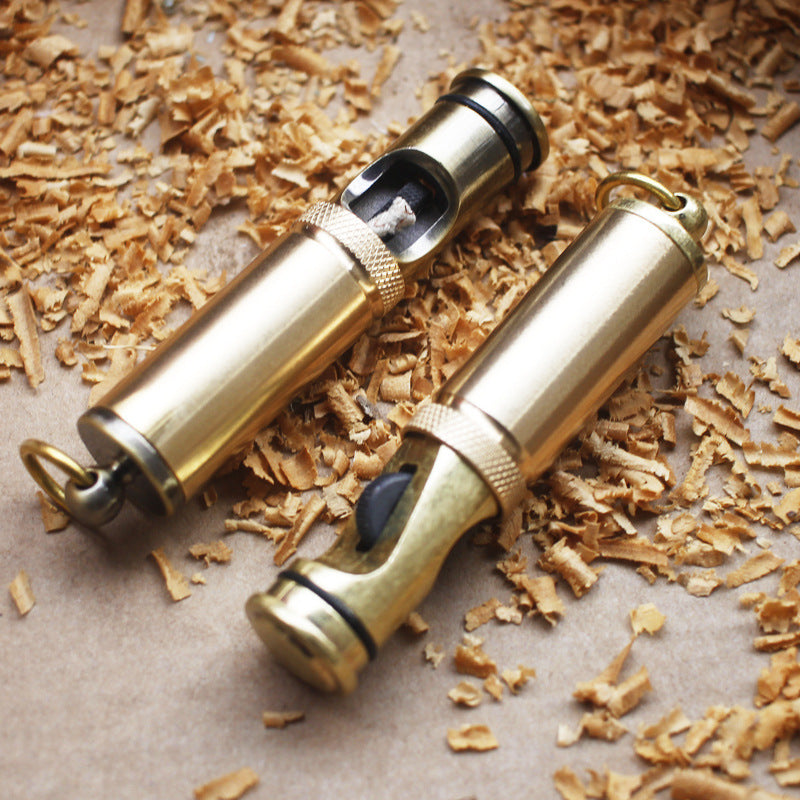
Why do lighters use flint
While there are various types of cigarette lighters available, many of them use a flint to create a spark to light the flame. But have you ever wondered why cigarette lighters use flint instead of another method? Let's explore the history and science behind this choice.
History
The use of flint for lighting predates the invention of modern cigarette lighters by thousands of years. In ancient times, people used flint to create sparks to start fires for warmth and cooking. Over time, flint was used to create sparks for lighting candles, oil lamps, and other sources of artificial light. It wasn't until the 19th century that a German chemist named Johann Wolfgang Döbereiner invented the first lighter that used flint and a spark wheel to produce a flame.
Science
The science behind a cigarette lighter's use of flint is simple. When the flint wheel is turned, it rotates against the flint, producing small sparks. These sparks ignite the fuel, which is usually butane, to produce a flame. The reason why flint is used instead of other materials like magnesium or ferrocerium is that flint is a hard, durable mineral that can create a consistent spark. It also produces a hot spark that can ignite butane gas, which is a volatile substance that requires a high temperature to ignite.
Advantages of Flint
One of the main advantages of using a flint in a cigarette lighter is its durability. Flint is a hard mineral that can withstand the repeated striking of the spark wheel without breaking or wearing down too quickly. This means that the lighter can be used for a long time without needing a replacement flint. Additionally, the flint can produce a consistent spark, which is important for lighting a flame quickly and efficiently.
In conclusion, cigarette lighters use flint because it is a durable, reliable material that can produce a consistent spark to ignite the fuel. While there are other materials that can create a spark, flint has proven to be the most effective and efficient choice for cigarette lighters. So the next time you use a cigarette lighter, you can appreciate the history and science behind the simple but effective technology that makes it work.
- Choosing a selection results in a full page refresh.

